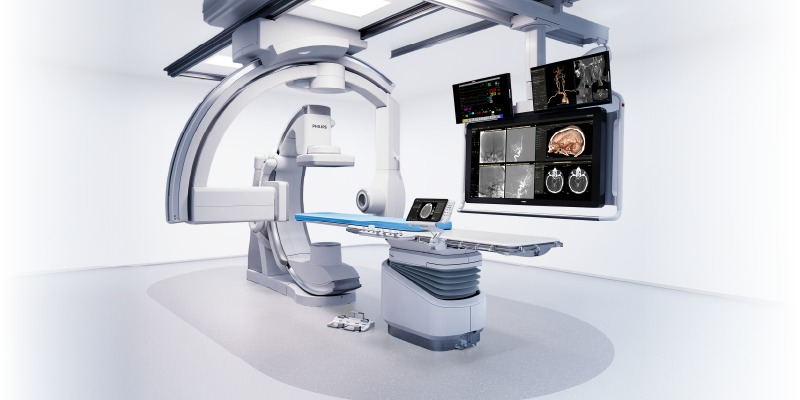Premium Imaging Techniques with Ultra-Low Contrast Angiography

What is Ultra-Low Contrast Angiography?
Ultra-low contrast angiography is a novel technique performed in interventional cardiology and nephrology that utilizes new intravascular invasive technology and non-invasive contrast-sparing techniques. There are two types: ultra-low contrast percutaneous coronary intervention (ULC-PCI) and zero-contrast PCI.
A primary objective of ultra-low-contrast angiography is to minimize contrast exposure and potentially use the least toxic contrast agents to reduce the risk of developing postprocedural contrast-induced nephropathy (CIN), predominantly affecting patients with baseline systemic dysfunctions.
How is Ultra-Low Contrast Angiography performed?
Here are some techniques used during ULC angiography, including:
- Low-osmolar contrast medium for clear imaging.
- Intravascular ultrasound for imaging guidance and to reduce the contrast load.
- Intravenous volume hydration reduces the contrast concentration and increases the blood flow.
- Using small volumes of contrast dye with small catheters to improve visualization.
- Using multiple guide wires, such as the side branch wire, the marking wire technique.
- Using coronary calcium as the guideline to locate and trace coronary artery ostia.
- Increase frame rates to 30 frames per second or higher for improved visualization.
Advantages of Ultra-Low Contrast Angiography
- Affordable, effective, and safe in various clinical settings.
- Reduced the risk of contrast-induced nephropathy.
- Minimizes the need for large volumes of contrast injections.
- Time-efficient procedure.
- Visualizes even subtle calcifications on the vascular wall.
- Imaging can be performed from multiple directions.
Clinical Indications for Ultra-Low Contrast Angiography
- Patients with pre-existing chronic kidney disease.
- Cardiogenic shock.
- Contrast dye anaphylaxis.
- Complex, high-risk coronary disease.
- Iatrogenic or spontaneous coronary dissection.
- Chronic total occlusions.
Our goal is to preserve the patient’s quality of life through intricate, minimally invasive, and non-invasive methods and preserve the patient’s well-being.
Affordable Angiography and Advanced Treatment Solutions – Book Your Appointment Today!





 Appointment
Appointment WhatsApp
WhatsApp Call
Call More
More

